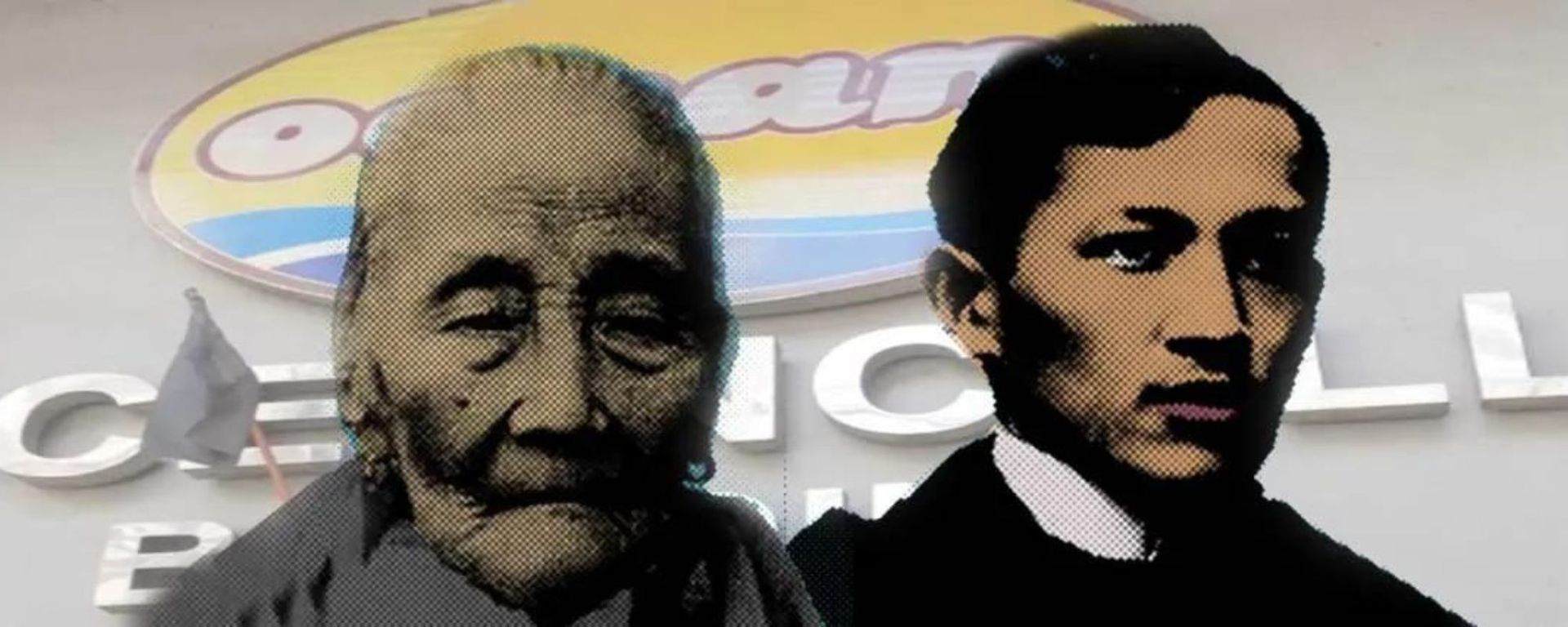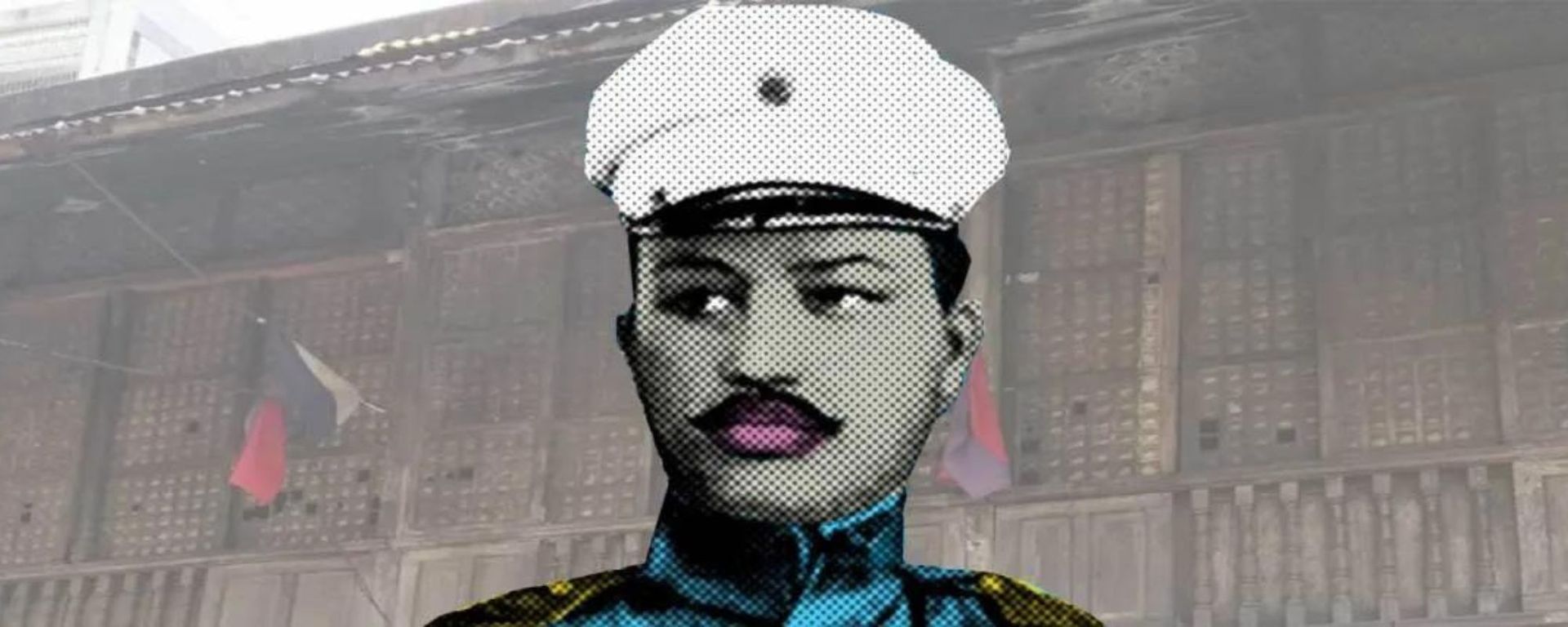
The Legend in the Street of Binondo
Did you know that besides from being the oldest Chinatown, Binondo became a part of the lives of some of remarkable people in the Philippine History. Let us walk down the memory lane and discover the streets where ordinary people who made extraordinary legacy had once set foot.
Meisik Street and San Fernando Street

Teodora Morales Alonzo Realonda de Rizal y Quintos, also known as Doña Teodora was the mother of no other than our National Hero, Jose Rizal. She was born on an affluent family on November 9, 1827 in Meisik, Tondo, Manila. Doña Teodora being the first teacher of Rizal, had a great influence and became his inspiration in taking up medicine. During the Spanish occupation, Teodora was often a target of persecution. She was made to walk 50 kilometers in 1891 for not using her hispanized surname, Realonda de Rizal and insisted on using Alonzo. She died in her home at San Fernando Street, Binondo, Manila on August 16, 1911.
Before her death, American authorities offered her a lifetime pension in 1901 after they declared Rizal as a national hero but she refused and replied: “My family has never been patriotic for the money. If the government has plenty of funds and does not know what to do with them, it’s better to reduce the taxes.”
Urbiztondo Street

“Negosyo o Kalayaan? Bayan o Sarili? Mamili ka!” This is one of the famous line that you will hear from John Arcilla who played the role of Antonio Luna in the 2015 hit film Heneral Luna.
Some may not know but if you walk around Binondo the Bahay na Bato, where Heneral Antonio Luna was born, still stands. He was born in a stone house located in the street of Urbiztondo on October 29, 1866. He finished his Bachelor’s degree in Ateneo de Manila in 1881 and studies another 2 years in University of Santo Tomas. He was accused of being part of the Katipunan and was banished to Spain on 1897. He returned to the Philippines the following year and eventually has been given the position as the Punong Komandante of the Republic of the Philippines in 1899 and has played a huge role in the war against the United States. He died in Cabanatuan, Nueva Ecija in June 5, 1899.
Ongpin Street

Roman Ongpin y Tanbensiang was a Filipino Chinese businessman, philanthropist nationalist and civic citizen who was born in Binondo on February 28, 1847. He was elected as “primer teniente de mestizos" or Lieutenant in charge of the half-breeds of Binondo from 1883 to 1885. Don Roman owned a general hardware store in Binondo and secretly supported the Katipuneros by providing food and money to buy rifles and ammunition supplies for the Filipino independence movement. He even offered his store as a meeting place for Filipinos and a source of Propaganda updates and events of the day.
During the American occupation, Don Roman continued to support the revolution that led to his imprisonment from December 6, 1900 to March 23, 1901. He died at the age of 65 on December 10 1912. A statue beside the Binondo Church at the end of the street name after him was erected in honor of his contribution during the revolution.
Lavazares Street

Kataas-taassang Tatlo popularly known as Triumvirate was composed of Andres Bonifacio, Emilio Jacinto, and Dr. Pio Valenzuela. They had formed “Camara Negra” (Black Chamber), a secret chamber within the Katipuneros that judged violators of the KKK society. The legislative, executive, judicial authority rested upon the hands of the Triumvirate. They were also the major contributors to the society’s official newspaper – Ang Kalayan. As members were growing, Bonifacio requested Valenzuela to move to Manila. Valenzuela agreed in the condition of transferring the printing press under his management, and to his rented house at 35th Lavazeres Street. Ang Kalayan became an instrument to ignite the nationalism and revolutionary spirit of many people. Many of the provinces had shown enthusiasm to join Katipunan and fight to end the Spanish rule.
Binondo

Lorenzo Ruiz was a Chinese Filipino born in Binondo around the year 1600. His fearless martyrdom and strong faith has been an inspiration to multitude of Catholics around country. He was the first Filipino Saint to be declared by the Roman Catholic Church and was canonized by Pope John Paul II on October 28, 1987. He served as an altar boy and a calligrapher for the Dominican Parish in Binondo.
He was captured during a missionary expedition in 1636 in Japan and was subjected to torture for more than a year. He was repeatedly asked to denounced his faith for his life to which Lorenzo answered: “I will never do it. I am a Catholic and happy to die for God. If I have a thousand lives to offer, I will offer them to God.”
Next time when you do a food trip in Binondo, or you plan to do a quick shopping, know that you are stepping on the same streets which heroes had once walked on. They are heroes who had marked and painted the Filipino identity – courageous, persevering, and resilient.
Mabuhay ang mga Bayaning Pilipino!
Want to know more about the City?